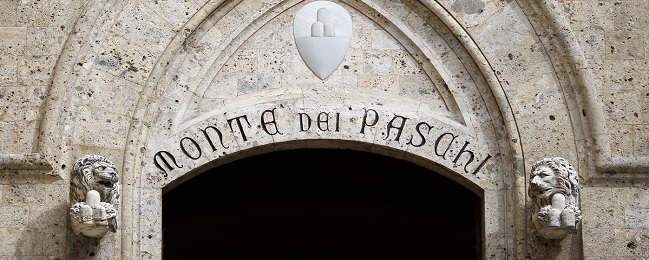Gauging banking resilience under highly strained conditions implies picking up shocks closely linked to blatant vulnerabilities in the financial system. Otherwise, any attempt to anchor the probe on plausible and coherent adverse scenarios seems hopelessly flawed. Capturing the spill over effects and tracing their potential impact on banks’ balance sheets bogs down, should the probe rest on highly arguable assumptions.
The shortcomings in the underlying assumptions of the EU-test largely undermine its findings. It grounds itself on the assumption that interest rates might surge upwards driven by sharp rate hikes in the US. This main shock would in turn inflict extensive damage to emerging economies and world trade, feeding into a sizeable shrinkage in European external demand. Risk aversion, plus strained funding conditions would lead to downward pressure on production, employment and asset prices. Cumulated GDP would shrink more than 6% up to 2016, as compared to the baseline scenario.
Such assumptions seem utterly inconsistent. For, should the economy perform so badly, interest rates would remain close to current levels no matter the potential monetary stiffening across the Atlantic. The current outlook points to a different set of risk factors. While cheap money is likely to subdue EU interest rates for a long time to come, an enfeebled domestic demand, downgraded by austerity measures and lack of confidence is cutting short any hope of recovery. As real wages plummet and working conditions worsen, consumers are hoarding savings and reducing overall expenditure. Enforcing real adjustment through lower salaries and widespread impoverishment leads to deflationary pressures. Little wonder sluggish growth stands as the main odds against Europe.
The most plausible adverse scenario implies a severe recession, write-offs mainly falling on unsecured corporate and household loans. Thus, the credit portfolio would bear the brunt, subject to more acute impairment than predicted under the current stress test. Thus, even assuming a largely similar level of defaulting assets in both scenarios, their breakdown effect on balance sheets would markedly diverge. Impact on individual banks may also differ, as steeper loan deterioration would wreak havoc on credit-laden balance sheets.
Yet, the main difference will lie, as usual, in income forecasts. Lower than expected interest rates will prevent banks from reaping wider margins from their intermediary business. Revenues are likely to fall a long way short of the foreseen target. Thus, the sharp increase in impaired assets could hardly count on profits for offsetting losses and cushioning the blow.
Buttressing the stress test on incorrect assumptions turns the process into a less reliable reference for mapping a well-targeted prudential policy. Even if the transmission effects are carefully established, the shortcomings in identifying vulnerabilities may grossly underestimate the risks facing the industry. The attention focused yesterday on the short list of failing banks may prove highly delusive.
The AQR scrutiny stands as the main added- value in the comprehensive assessment carried out by the national and European authorities. Its adjustment in balance sheets accounts for more than half of core capital shortages. A telling yardstick on how many banks largely underestimate their risk exposure while artificially swelling their capital base and provisions. The shortcomings revealed by this quality review show the hard task ahead likely to confront the ECB in enforcing its brand-new supervisory powers.
The stress test´s main contribution is the detailed picture it draws on banking behaviour. Yet, its results remain largely inconclusive, as expected net income and losses do not match the strained conditions the probe intends to reflect. Cataluyna Banc, for example, would suffer a cumulated impairment of 3.5% under the stressed scenario, only marginally higher than the 2% expected in the favourable baseline assumption. Furthermore, its exposure would shrink in both cases by €3.4 billion allowing this bank to maintain a comfortable 8% capital ratio amidst a dire financial environment. Such a highly unlikely outcome adds little credit to the probe.






Be the first to comment on "Stress tests: Inconclusive EU banking probe"